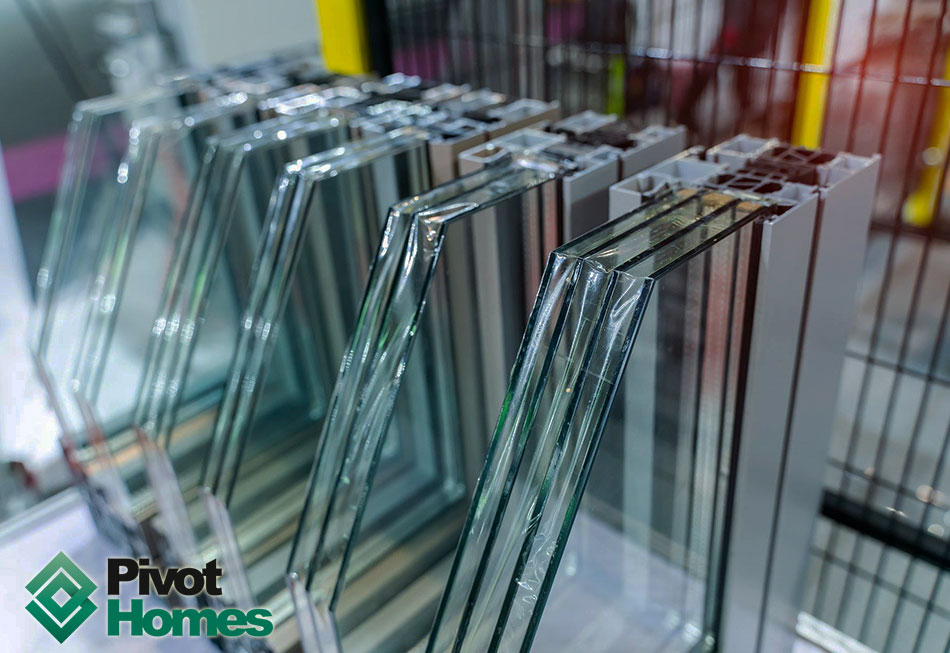All Categories
Featured
Table of Contents
Which Is The Best Type Of Double Glazing? - Which? - Which.co.uk in Thornlie WA
That window can send more solar heat in winter season than in summer. A west-facing window on a summertime's afternoon has an angle of incidence from near 0 up to 30 with a large reliable area of solar radiation. A north-facing window, in summer season, has a high angle of occurrence and a low reliable location of solar radiation, so can transfer less heat than a west-facing one.

You can rapidly and quickly enhance the thermal performance of your home by replacing your windows. There are thousands of types of glass and frames to choose from.
Which Double Glazing Company Is The Best? in Pickering Brook Western Australia
Single glazing with clear glass is not very effective when it comes to heat loss or gain. To improve efficiency, you can utilize single glazing with a more energy-efficient type of glass such as low emissivity (low-e) glass.
Several layers can be put together with sealed cavities in between each sheet of glass. IGUs usually offer better energy performance than single glazing, due to the fact that they transmit less energy. The energy efficiency of IGUs also depends on: the properties of each layer of glass. Various glass types (for example, clear and low-e glass) can be assembled in an IGU.
Insulated Glass Unit – Igu in Balcatta WA

IGU cavities can be filled with air or a more inert, low-conductivity gas such as argon the width of the cavity. Cavity density is usually 6 to 18mm. Broader cavities supply lower (much better) U values, with 12mm normally accepted as the favored gap how well the cavity is sealed. Cavities should be dry and well sealed to prevent wetness getting in.
If argon is set up to the cavity in location of air, moisture is dependably left out the level of desiccant (drying representative). The spacer (metal or polymer strip) that separates the glass layers includes a desiccant to absorb any wetness. Inadequate desiccant may trigger moisture to condense on the glass surface in cold conditions, lowering thermal performance.
Window Glazing For Households - Energy in Kinross WA
In fact, IGUs can provide better energy performance for all climates, specifically in heated and air-conditioned homes. Cross-section detail of single, double and triple-glazing units Low emissivity glass (commonly called low-e glass) reduces heat transfer. Low-e glass might be either high or low transmission: High transmission low-e glass has a covering that allows daytime from the sun to pass into your home to attain good solar heat gain, however reduces the amount of the long wavelength infrared heat that can get away back through the window.
Low-e glass has either a pyrolytic coating or a vacuum-deposited thin movie metal coating. Pyrolytic finishes are durable and can be used for any glazing; vacuum-deposited finishes are soft and are just utilized within IGUs. Low-e coverings can substantially improve both U worth and SHGC; however, they should be utilized correctly or they will either degrade or stop working to perform as required.
Enjoy Your Summer More With Double Glazed Windows in Redcliffe WA
Low-e coverings can be utilized in mix with clear, toned or reflective glass. Low-e coatings on glazing can lower heat transfer where needed Image: Department of Market, Science, Energy and Resources Toned glass has actually colouring additives consisted of during manufacture. It is available in different colours, normally bronze, grey, blue and green.
Latest Posts
Home Window Glazing - Sustainability Victoria in Carmel WA
Windows Of Opportunity: Your Guide To High-performance ... in Kallaroo WA
Double Glazing Windows in Rockingham WA